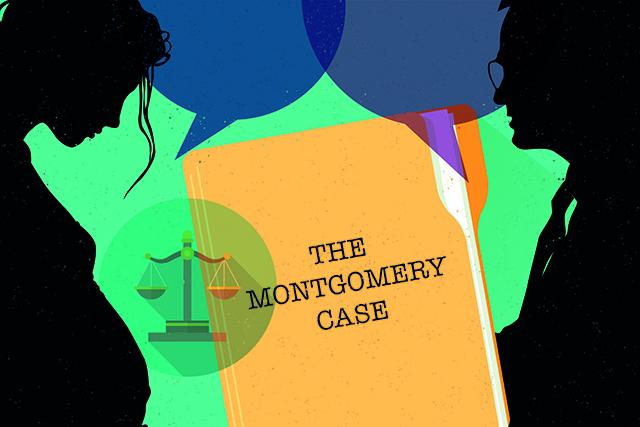
What is Medico-Legal Law and How Does It Impact You
1st March 2023
The Role Of The Bolam Test In Medical Negligence Claims
17th April 2023The Montgomery v Lanarkshire Health Board case of 2015 has changed the shape of medical practice and doctor-patient relationships. Becoming what is believed to be one of the most important judgements in medical negligence cases of the last 30 years, it involved a Lanarkshire mother, who fought for 15 years to achieve a Supreme Court judgement after two failed Court of Session hearings.
In this case, Mrs Montgomery’s success relied on the appeal judgment favouring an overturn of the previous law on consent. The appeal had to be heard under seven judges rather than the usual five, as success would depend on overturning existing law. It should be noted that this judgement succeeded with unanimous agreement by all seven supreme court judges adding to its significance.
The case, although a Scottish case, had the power to change the law for the whole UK as the decision was heard and supported in the UK Supreme Court. Mrs Montgomery had an unusual representative structure, two Scottish advocates and an English barrister, supported by submissions from an advocate on behalf of the GMC. Representation that argued a patient’s recovery would benefit when they are actively informed and involved in their treatment plan. The appeal’s unusual presentation makes it significant as success would likely change future medical practice and doctor-patient relationships.
Mrs Montgomery’s case had previously failed twice in the Court of Session, leaving her final right of appeal with the Supreme Court to get justice.
The case facts
Mrs Montgomery gave birth to a boy in 1999 in a Lanarkshire maternity hospital. She was a known diabetic. Being of a slight build and facing the risk as a diabetic woman of having a larger than average birth weight baby thus, leaving her at risk of potential difficulties in labour. Statistics show that the circumstances put her at around 1 in 10 chance of a natural delivery seeing an issue where her pelvis would be too narrow to pass her baby’s shoulders—a condition known as shoulder dystocia. Mrs Montgomery feared the baby could be too large for normal delivery, and she had voiced these fears to her consultant.
The doctor in charge of Mrs Montgomery’s care was found not to generally inform diabetic patients of the risk of shoulder dystocia, believing it to be of minimal risk. The consultant thought giving this information to pregnant mothers would cause them to opt for a caesarean delivery, which she believed would not be in the mother’s best interest.
During the birth, the baby’s shoulder became stuck and despite the baby being delivered, there was a period when the baby suffered oxygen starvation and brain damage. The Health Board accepted that had Mrs Montgomery undergone a caesarean, her child would have been unharmed.
The Supreme Court decision considered that Mrs Montgomery should have been advised of the risks associated with shoulder dystocia. She had the right to decide and choose the risks she was prepared to accept about natural or caesarean delivery
Significant case judgement
The judgement enables an individual’s right to self-determination as set within the Human Rights Act 1998, where adults of sound mind have a right to decide on treatment methods they wish to undergo.
This Supreme Court ruling aligns the law with the General Medical Council guidance regarding patient consent. The legal test now under UK law must be patient-focused, and permission must be given before any treatment that interferes with body integrity begins.
Doctors must reasonably ensure patients know of any non-negligible risks associated with treatments and notify patients of appropriate reasonable alternatives.
This is indeed a significant judgement that aligns law and medicine relating to patient consent to medical treatment, a decision that better represents the improved patient-centred focus within GMC guidance to doctors.




